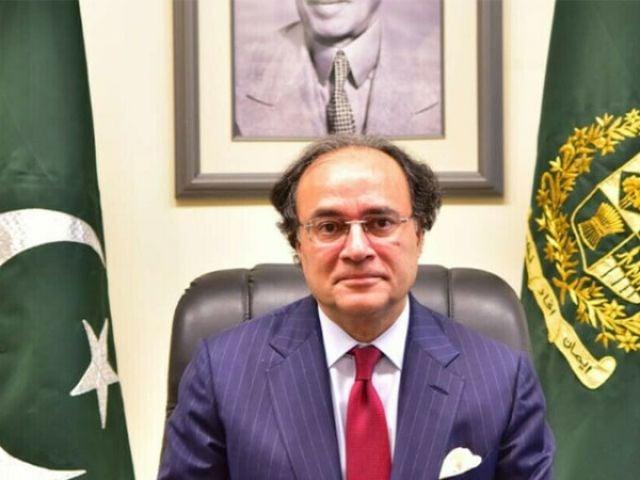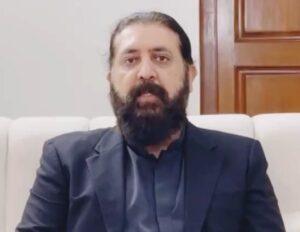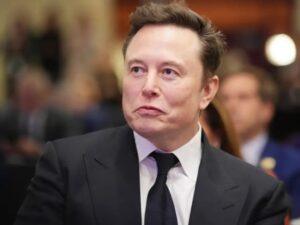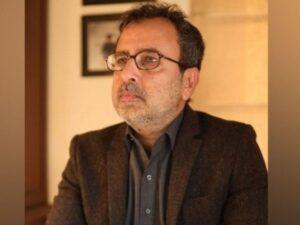Pakistan seeks to extend commercial and investment links with the United States, focusing on increasing imports and reducing non-tariff obstacles, said finance minister Muhammad Aurangzeb in an interview Bloomberg News.
Aurangzeb said that Islamabad aims to buy more American products, especially cotton and soybeans, and is open to the examination of regulatory processes that can hinder American exports to Pakistan.
This decision is part of Pakistan’s wider strategy to facilitate tensions on high prices imposed during the administration of former American president Donald Trump.
Although reciprocal prices of 29% are currently suspended until July, Pakistan is preparing to send an official commercial delegation to Washington in order to improve market access and balance.
The United States remains the largest export market in Pakistan, representing more than $ 5 billion in annual exports in 2024, while imports from the United States total around 2.1 billion dollars.
Aurangzeb also underlined the opening of Pakistan to the foreign direct investment of American companies, especially in the mineral and mining sectors, which have recently been opened to foreign investors.
During his almost a week trip, the Minister of Finance reiterated Pakistan’s commitment to long -term economic stability. He underlined the government’s intention to move away from the cycle of financial crises and to pursue sustainable growth.
As part of its wider financing strategy, Pakistan plans to launch its first Panda obligation – targeting between 200 and 250 million dollars – in the fourth quarter of 2025.
The country’s economy recovered from a quasi-default in 2023. Last month, Pakistan received initial approval for a loan of $ 2.3 billion from the International Monetary Fund (IMF), providing financial support until 2027.
The World Fitch Credit Setting Agency recently improved Pakistan credit prospects, citing an improvement in economic stability and reform dynamics within the framework of the IMF program.




